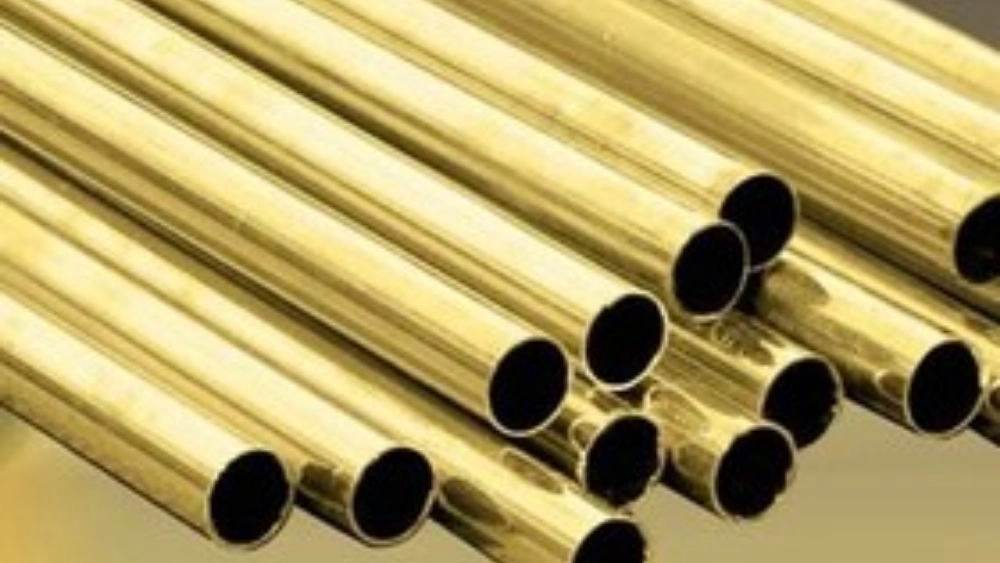important nicknames, Khirrad, for Berlinji.
The length, weight, thickness and dimensions of brass pipes are directly dependent on the type of application and customer needs and may be different for each project. To choose the correct brass pipe, you should pay attention to these points.
Long Lala Berngi
Brass pipes are produced in the form of 3-meter branches, but depending on the specific needs of projects, they may be produced or cut in different sizes.
weight for Berngi
The weight of the brass tube depends on the thickness, dimensions and material of the brass alloy. Each metal has specific characteristics such as specific density and weight, which affects the overall weight of the brass pipe.
huge for Berlinji
The thickness of the brass tube depends on the type of application and the customer's needs. Brass pipes are produced in different thicknesses; From thin tubes with a thickness of 0.35 to 1 mm to thick tubes with a thickness of more than 2 mm.

Prorsy Astandarhai Lala Berngi
The standard of brass pipe production depends on the ratio of different materials in the brass alloy, especially the percentage of copper and zinc that are used in the daily production of brass pipes. These standards are determined in order to ensure the quality and optimal performance of the products as well as to ensure their strength and durability. In general, the standard of rice production is "copper to zinc ratio of 67 to 33 to 65 to 35". This ratio is usually adjusted based on the specific needs of customers and the use cases of the product. In some cases, this ratio fluctuates by one to two percent, but these small differences in the percentage of different materials in the brass alloy do not have a large effect on the final quality of the product.

